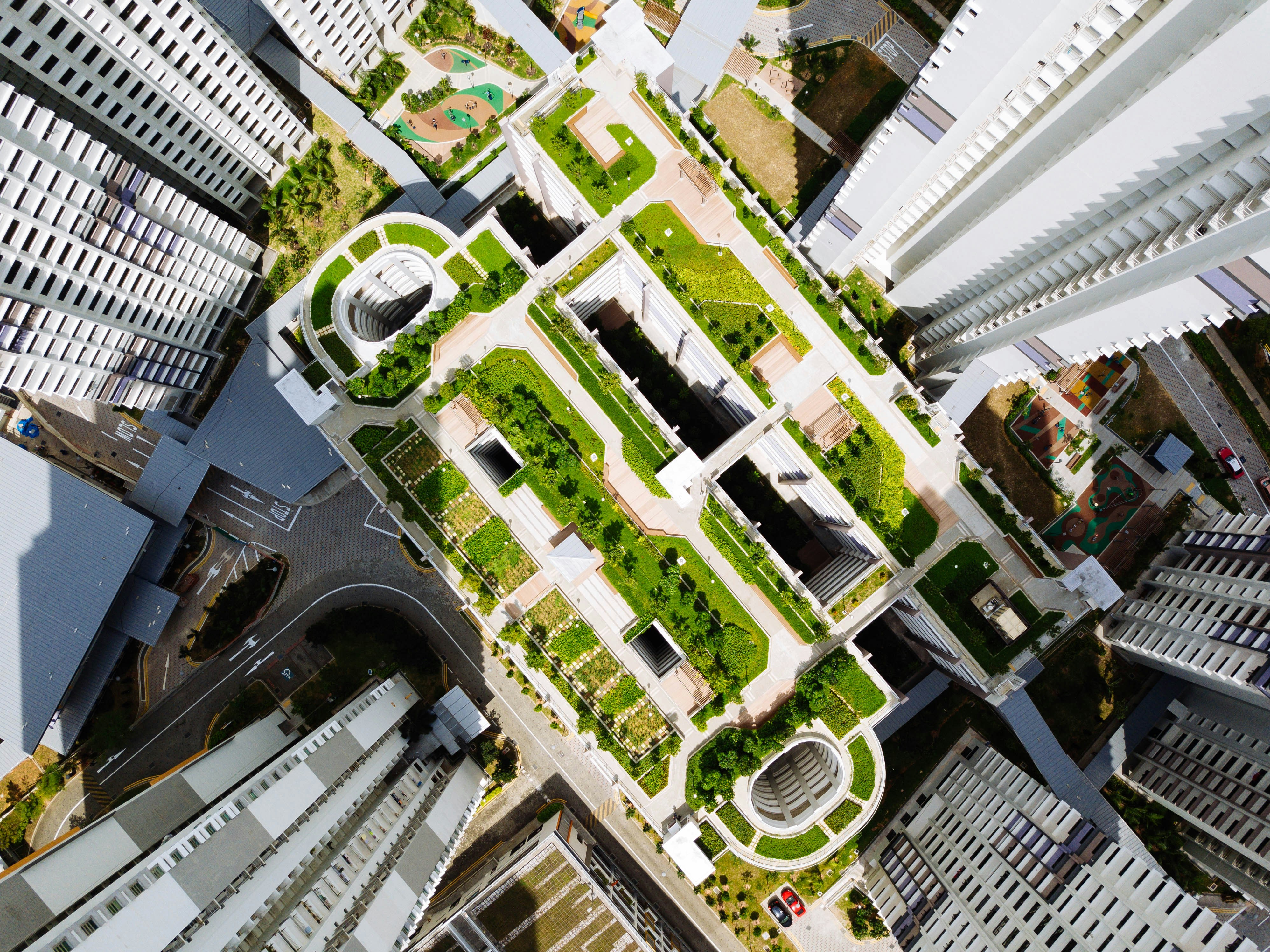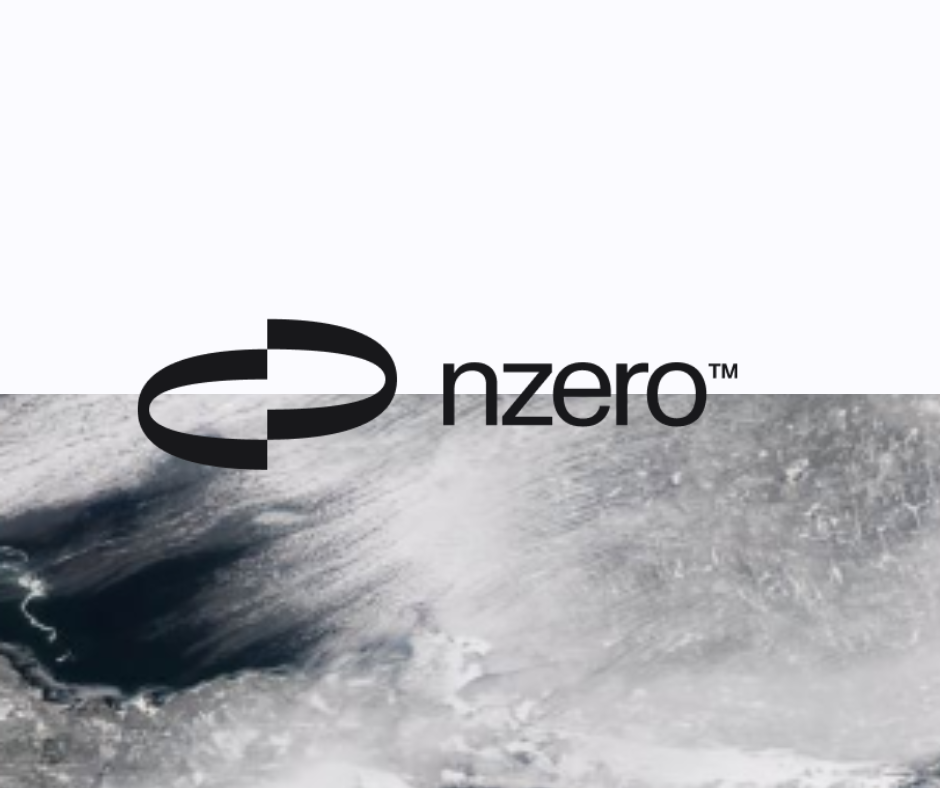Carbon-Centric Metrics Drive Design Decisions
One of the most notable transformations in LEED v5 is its carbon-first focus. Buildings pursuing LEED certification must now provide quantifiable carbon data throughout their lifecycle—from construction materials and operations to energy use and end-of-life disposal. The system explicitly incorporates embodied carbon assessments, compelling designers and developers to evaluate the emissions associated with building materials such as concrete, steel, and glass.
In addition to material choices, LEED v5 introduces mandatory whole-building energy modeling and performance validation against real-world energy use. Unlike previous versions, which offered multiple pathways for compliance, LEED v5 streamlines credit requirements to prioritize operational efficiency and decarbonization. The intent is to close the gap between design intent and actual performance—often cited as a major flaw in earlier systems.
The rating system also aligns with new benchmarks such as ASHRAE Standard 228, ensuring that buildings meet increasingly rigorous energy efficiency and carbon neutrality targets. According to the USGBC, LEED v5 is designed to guide projects toward achieving net zero operational carbon, making it a strategic tool for organizations with science-based emissions reduction targets.
Resilience and Equity Integrated into Core Requirements
Beyond carbon, LEED v5 significantly expands its coverage of climate resilience and social equity. Projects are now required to incorporate climate risk assessments, considering factors such as flooding, wildfires, and extreme heat. These assessments must inform building design, materials, and site selection, promoting adaptive strategies that extend the life and usability of buildings in increasingly volatile environments.
Equity is embedded into the certification structure as a core pillar rather than an optional credit. For instance, LEED v5 requires documentation of community engagement and stakeholder involvement, especially in projects located in underserved or historically marginalized areas. This reflects a broader trend in ESG-driven development, where environmental performance is inextricably linked with social impact.
Moreover, LEED v5 integrates the concept of “Health and Human Experience”, prioritizing indoor air quality, natural light, and thermal comfort. These criteria reflect a growing body of evidence showing that healthier environments boost productivity, well-being, and even economic outcomes. The USGBC has stated that such standards aim to ensure that green buildings benefit all occupants—not just investors and developers (USGBC LEED v5 Draft).







